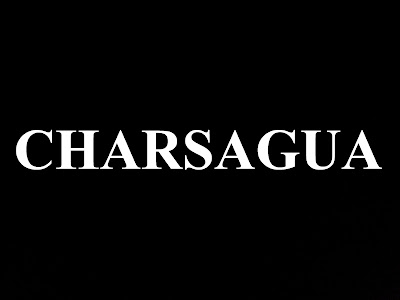CIVIL ORDER OF CHARITY OF SPAIN
Orden Civil de Beneficiencia
From 1872 to 1876, Spanish society was rocked by a civil war. The Carlistas were a political faction in Spain that supported a different line of kings than the one then in power. The Carlist uprisings were eventually squashed by the ruling Spanish government.
Those captured in the war faced deportation to several places around the world under Spanish jurisdiction, including the Marianas. When the Spanish deportados, or deportees, landed in the Marianas, there was no prison big enough to house them all. Feeding them, too, was an issue.
OLD HAGÅTÑA
In order to handle this situation, many deportados were allowed to live with Guam families, both Spanish and Chamorro. Some families accommodated these deportados in such a way that the Spanish Government wanted to commend them in some way when the war was done.
In 1878, the Overseas Ministry of the Spanish Government was given permission to award half a dozen Chamorros and some Spaniards with membership in the Órden Civil de Beneficiencia, or the Civil Order of Charity. This distinction recognized acts of extraordinary service by individuals to the community in times of calamity, natural or otherwise.
The Chamorros so awarded were :
FATHER JOSÉ TORRES PALOMO. He was the first Chamorro priest, ordained in Cebu in 1859. Since he was not a member of a religious Order, who have the vow of poverty, Palomo was free to own his own houses and properties, so he was able to house deportados in his own private residence. Father Palomo lived to see the Americans take over Guam and he did nothing to stand in the way; in fact, he was considered by the Americans a great help in showing cooperation with the new regime. He died in 1919.
FATHER JOSÉ TORRES PALOMO
ANDRÉS CRUZ CASTRO. He was an officer in the Chamorro militia, known as the Compañía de Dotación. Castro was married to Ramona Alejandro.
FRANCISCO DÍAZ TORRES. Descendant of the famous official Luís de Torres. He was married to Joaquina Crisóstomo Martínez.
FÉLIX DÍAZ TORRES. Brother of Francisco and also a descendant of the celebrated Luís de Torres. He was married to Martínez then Rosa Salar Pérez.
ANTONIO PANGELINAN MARTÍNEZ. His daughter Josefa married a Spaniard named Julián Sáiz. Antonio was married to Eduviges Díaz Wilson, the daughter of the Irishman James Wilson and the Chamorro Rufina Díaz.
JOSÉ RIVERA PÉREZ. He was a Sergeant in the local military force.
VICENTE OLIVARES CALVO. Although technically not a Chamorro, he was a Spanish-Filipino mestizo whose whole family had firm Marianas roots, dividing their lives equally between Manila and Guam. Some in his family married Chamorros, so I consider Vicente to be "local," if not Chamorro by blood. Among the various things he did, he was for a time the captain of the port at Apra, in charge of the arrival and departure of various ships. His children mainly lived in the Philippines so he has no descendants on Guam, but he is an uncle to the other Calvos who did remain on Guam.











